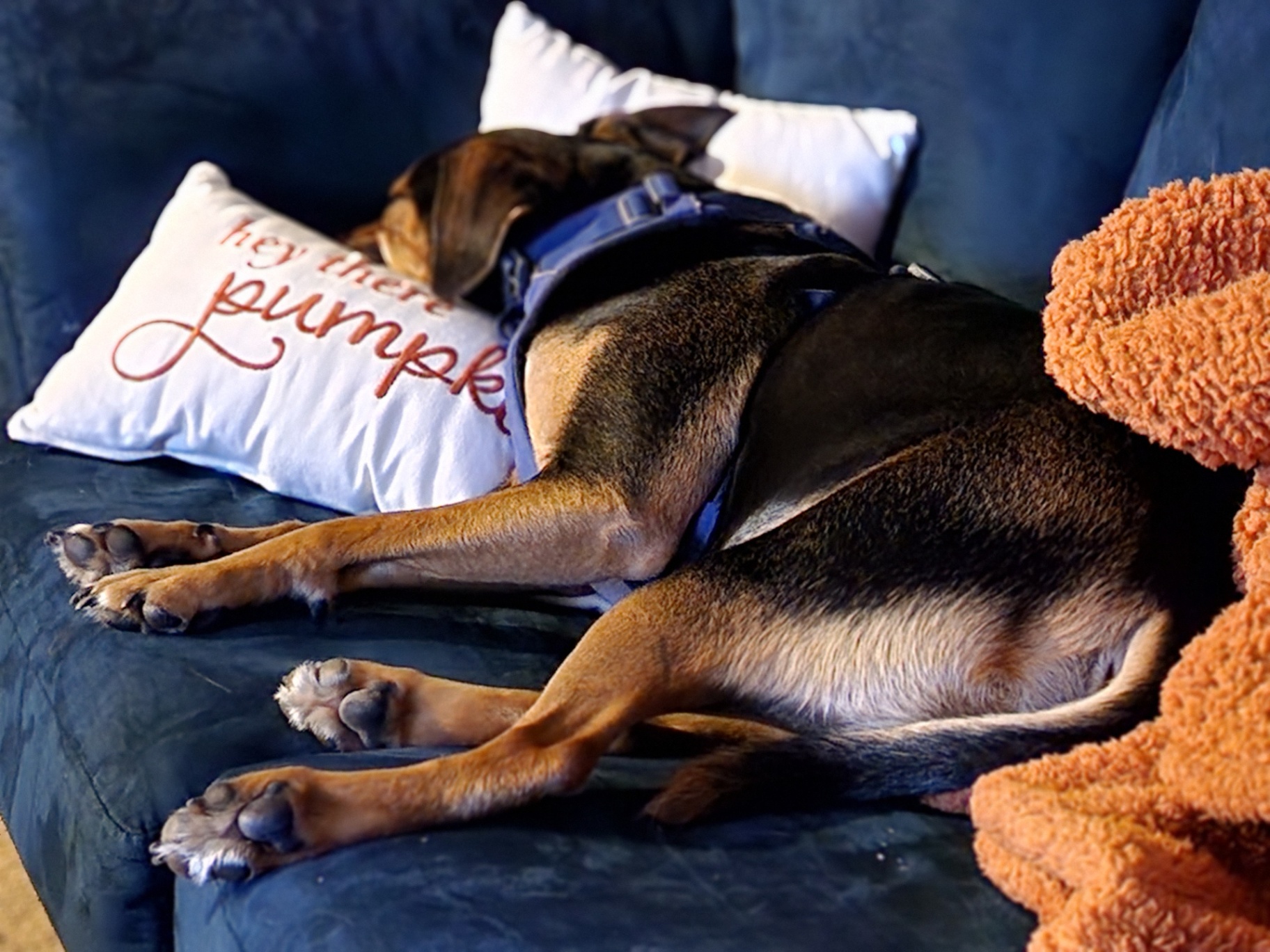3 Techniques to Practice with Your Emotional Support Animal

Your emotional support animal (ESA) is probably your best friend. Whether it’s a dog, cat, rabbit, or other animal, they can support you in ways your human friends sometimes struggle to do.
Perhaps they sit quietly in your lap when you need space to unwind. Perhaps they sense your heightening anxiety and offer a well-timed lick. My dog, Benji, will often become silly and playful at the precise moment when I need a laugh.
This spontaneous interaction happens because of the special bond that has organically grown between us and our animals. However, it is possible—preferable even—for the interactions with your ESA to be intentional, rather than spontaneous.
Once your animal graduates into the status of “ESA” your therapist will encourage you to start cultivating a relationship that is intentionally supportive. Rather than waiting for spontaneous, special moments with your ESA (which will still happen), begin training them to participate in techniques that will enhance your emotional well-being. Here are three techniques to get you started:
1. Grounding: this mindfulness technique is especially useful for moments when your thoughts start to race. Anxiety often drags us into the future with “what-ifs” while depression spirals us into upsetting memories from the past. Either way, it’s important to ground ourselves in the present moment until the episode passes.
What you’ll need: treats; quiet place; glass of cool water or hot tea.
- Use some treats to invite your animal to sit next to you or in your lap.
- Once you’re both settled, take a deep, soothing inhale and let it out to the count of 5
- Name 5 things you can see about your pet (brown fur, fluffy tail, etc.)
- Name 4 things you can feel (soft fur, floor beneath you, pressure on lap, etc.)
- Name 3 things you can hear (breathing, purring, etc.)
- Name 2 things you can smell (puppy breath, treats)
- Name 1 thing you can taste (have a sip of cool water or hot tea nearby)
- Offer your pet a treat as a thank you!
TIP: Take deep belly breaths as you transition between each sense.
2. The Gratitude Game: this game is good for you and it’s a great enrichment activity for your ESA. When practiced consistently, gratitude can improve your mental health and make you more resilient during tough times. And once your animal understands the basic concept (that you’re hiding treats for them to find) you can get creative with different variations that will keep them mentally stimulated.
What you’ll need: treats, yoga mat or treat puzzle, clicker optional
- Place your yoga mat or treat puzzle somewhere out of reach of the animal for now.
- If using a yoga mat, begin rolling it up tightly. As you’re rolling up the mat, tuck pieces of food inside each roll.
- If using a treat puzzle, begin placing the treats inside one at a time.
- Each time you place a treat down, name something (out loud) that you’re grateful for. If you’ve done this recently, try to name new things that you’re grateful for today. Name as many as you can and use as many treats as you can.
- When the mat is rolled up tight, or the puzzle is fully loaded, place it on the floor for your ESA to play with and discover the treats inside. The first few times you might have to show your animal how to nudge it open with his nose, but if you click or say “YES” each time he presses his nose against it, he’ll quickly learn that he’s meant to nudge it open.
- In the end, the more things you can be grateful for, the more treats your ESA will have to be grateful for!
TIP: Rather than feeding your ESA his kibble in a bowl, play the Gratitude Game during mealtime.
3. Journal Out Loud: journaling is one of the most common techniques therapists recommend. It helps to deepen self-awareness, regulate emotions, and reduce stress. But for some people, writing is not a pleasant activity. If that’s you, I invite you to toss your pen and paper to the side and try journaling out loud.
What you’ll need: treats; timer; private space; feeling wheel optional
- Set a 3-minute timer. Feel free to increase the timer as you become more practiced at journaling out loud.
- Use some treats to invite your animal to sit next to you or in your lap.
- Once you’re both settled, take a deep, soothing inhale and let it out to the count of 5
- Tell your animal what you’re thinking about (what problem are you facing?)
- Now tell your animal exactly what you’re feeling (use a feeling wheel to really explore the complexity of your emotions).
- Based on what you’re thinking and feeling, tell your ESA what you’re deciding to do.
- Take another deep breath and give your ESA some treats as a thank you.
TIP: If you do enjoy writing with a pen and paper, try journaling in the style of letters addressed to your best furry friend, who would read them with love and compassion—never judgment.
Aim to practice one of these techniques with your animal each day. Consistency is key. By creating an established routine with trained behaviors, you set yourself and your ESA up for success. Next time the need for emotional support arises, you and your ESA will know exactly what to do.
Stay tuned for my next article: Three Mental Health Routines for You and Your ESA.
